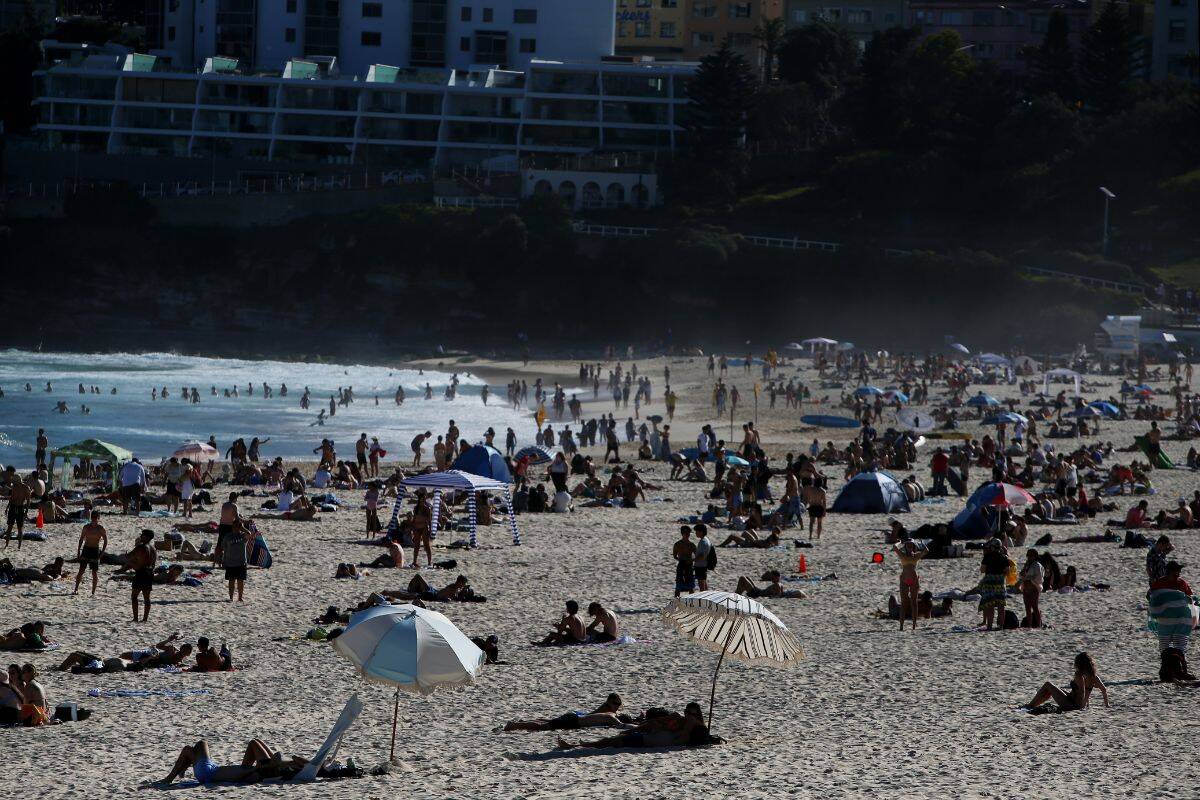Temperatures are soaring in NSW, what can we expect for the rest of autumn?

A Bureau of Meteorology Meteorologist explained why there are brutal heatwaves striking NSW in autumn.
Temperatures across Sydney have passed 30 degrees and total fire bans are in place for many inland regions.
32 schools in Central NSW have been closed due to the potential risks, while in Western Sydney, locals are looking for a place to cool off.
Sarah Scully expressed to Deborah Knight that it is not unusual to have this type of heat at the beginning of Autumn.
“It’s the transition season from the heat of the summer months into the cold of winter.”
Press PLAY below to hear what Dr Sebastian Pfautsch told Deborah about the importance of blue and green infrastructure:
Dr Pfautsch is a Professor in Urban Management and Planning at Western Sydney University and has revealed a recent study that shows it’s not just surface temperatures that matter, but also air temperatures.
“We mostly get our thermal sensation from air temperature, Professor Pfautsch said.
A study in north Parramatta found that streets with canopies had fewer days with air temperatures above 40 degrees during summer.
Whereas, the streets with limited tree cover experienced 12 days with temperatures above 40 degrees during that summer.
“We would like to keep and incorporate them into the fabric of the new suburbs so you have cooling when you need it, not in 20 years.”
See more highlights from Deborah Knight below:
Image: Lisa Maree Williams/Getty















